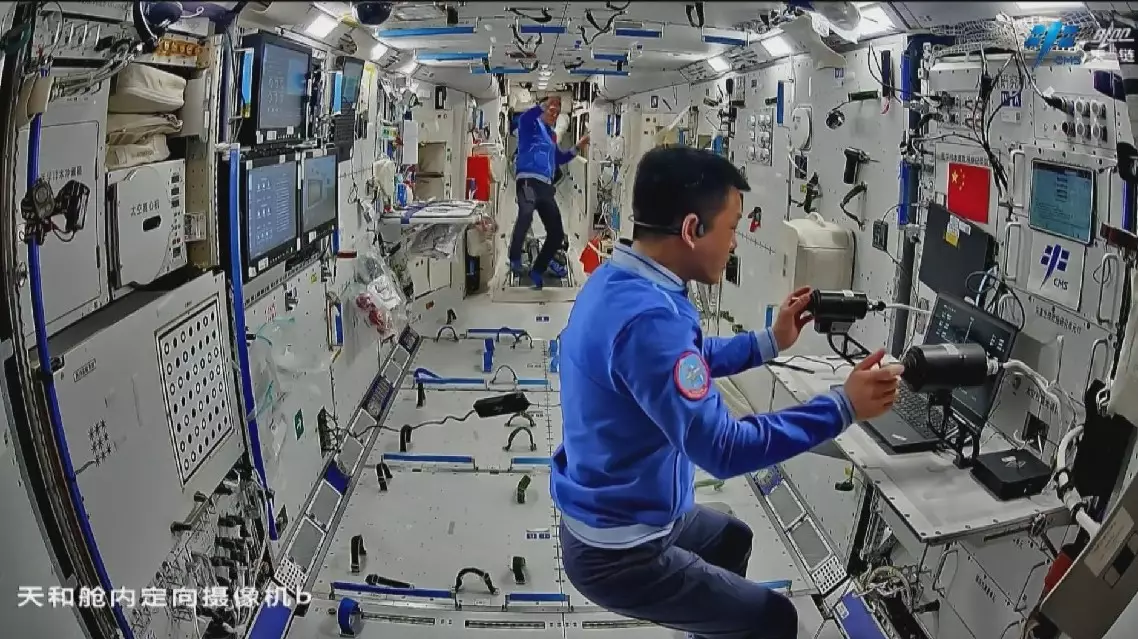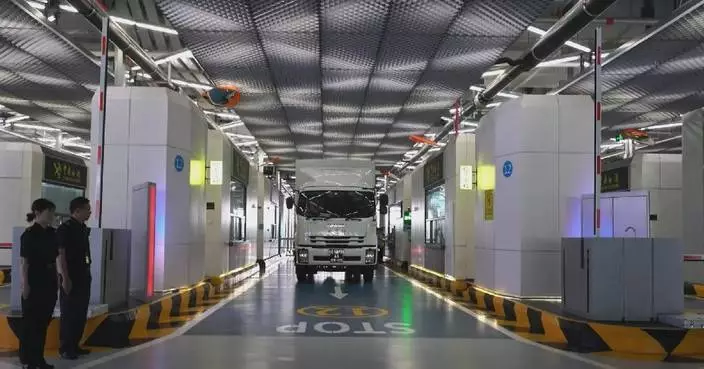Global trade frictions eased from the same period last year but remained severe in April 2024, according to data released by China's trade promotion body on Friday.
The global economic and trade measures index, introduced by the China Council for the Promotion of International Trade (CCPIT), stood at 152, down 167 points year on year but up 15 points from the previous month.
The index is a tool used for assessing and measuring the level of economic and trade frictions on a global scale. It serves as an indicator of the degree of trade barriers encountered by countries in their international trade endeavors.
The index looks into trade frictions in 20 countries and regions, including the United States, China, and Japan, and trade-measure usages such as import and export duties, trade remedies, and technical barriers.
The total value of trade involved in global trade friction measures decreased by 23.8 percent year on year and dropped by 11.8 percent month on month, data showed.
"In terms of the sub-index for countries, the United States had the highest total value of trade involved in trade friction measures, while Mexico, India and Brazil ranked top three in the global economic and trade friction index among the 20 countries and regions," said Zhao Ping, a spokeswoman of the CCPIT, at a press conference in Beijing.
In terms of the sub-index for industries, transportation equipment, electronics, mechanical equipment, light industry and chemicals were the main spots of economic and trade frictions. Out of the 13 major industries that are being monitored, the transportation equipment industry had the highest global trade friction index, according to Zhao.

Global trade frictions remain severe in April: data









